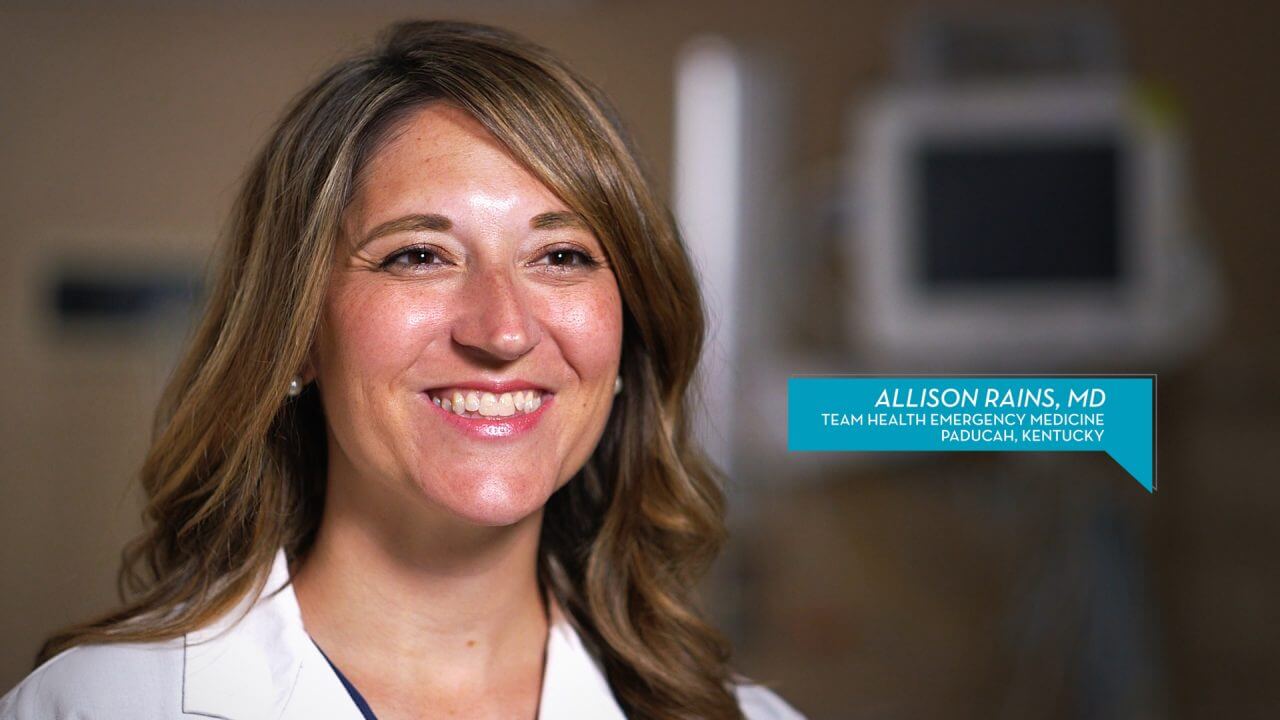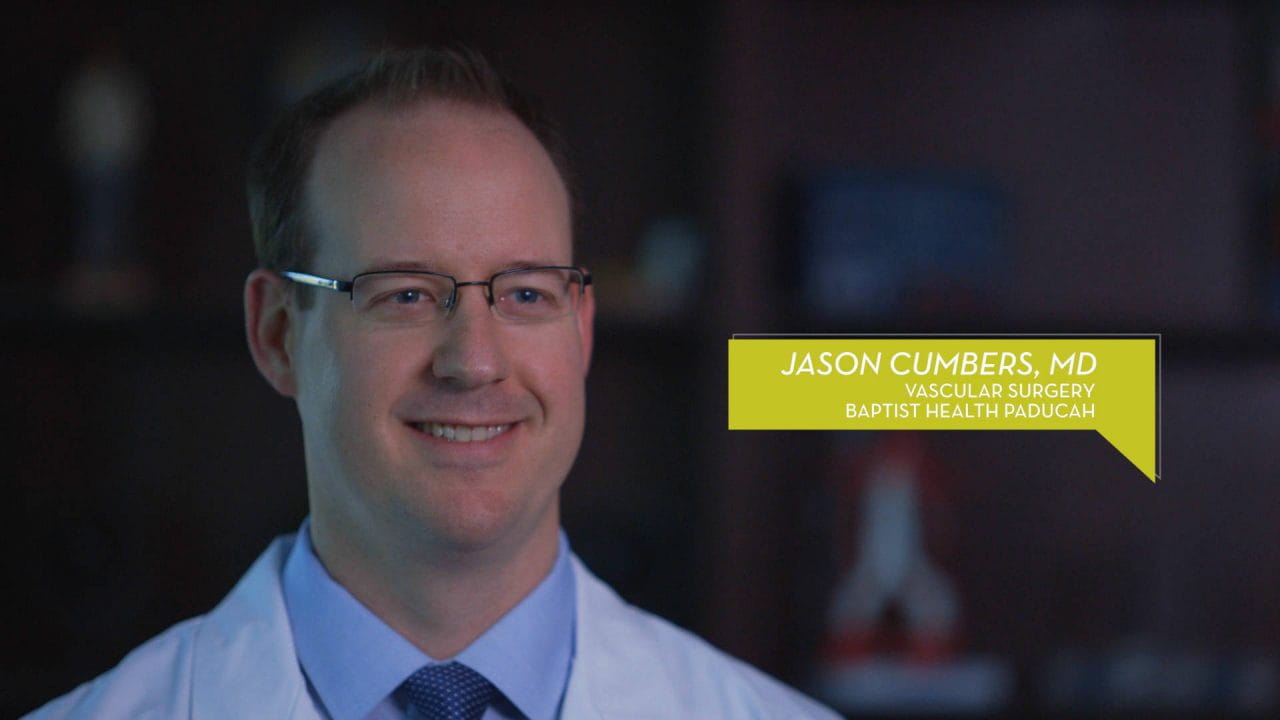Treating Abdominal Aortic Aneurysm
Baptist Health Paducah: Treating Abdominal Aortic Aneurysm
Robert Learch, DO, and Griffin Bicking, DO, describe how vascular screenings can detect abdominal aortic aneurysm, allowing doctors to use endovascular techniques to restore blood flow.
Treating Abdominal Aortic Aneurysm Health Talks Transcript
Robert J. Learch, DO, Internal Medicine
Abdominal aortic aneurysm is a widening of the aorta as it courses out of the heart and down through the abdomen, to eventually supply blood to the lower extremities.
Griffin K. Bicking, DO, Vascular Surgery
When patients are found to have an aneurysm, it’s usually incidentally. When they come in for some other reason, they end up with a CT scan or an ultrasound or some form of an X-ray that finds them incidentally. A lot of the time they’re called silent killers for that reason, because most times, most people don’t know they have them. When we do find them, we tend to surveil them very closely.
Dr. Learch
By far, the three biggest risk factors are being male, age, and the biggest risk factor is history of cigarette smoking.
Dr. Bicking
So, once an aneurysm reaches the threshold to be repaired, there are two ways of fixing it — there is the traditional way, which is open repair, where we open up the aneurysm and replace the native aorta with a tube graft. Technology has come a long way, and we do what’s called an endovascular approach, and that’s where we go in through femoral arteries with wires and catheters and we re-align the aorta from the inside with a stent graft, and that essentially excludes the aneurysm from the circulation.
Dr. Learch
Screening is completed through a very simple ultrasound. It usually takes very little time — 10 to 15 minutes to complete that scan. It’s read by a radiologist, who with very good accuracy can identify those who have an aneurysm and what follow-up we should have from there.

.jpg?rev=5dbd88f4012d476db50e2d19142fb14a)

